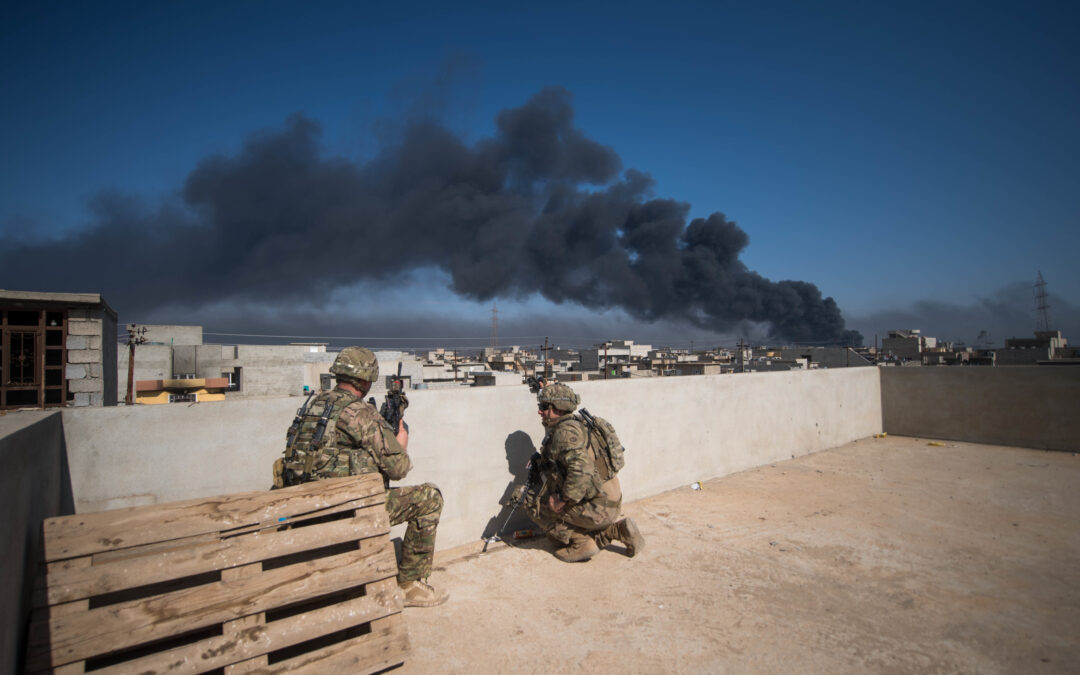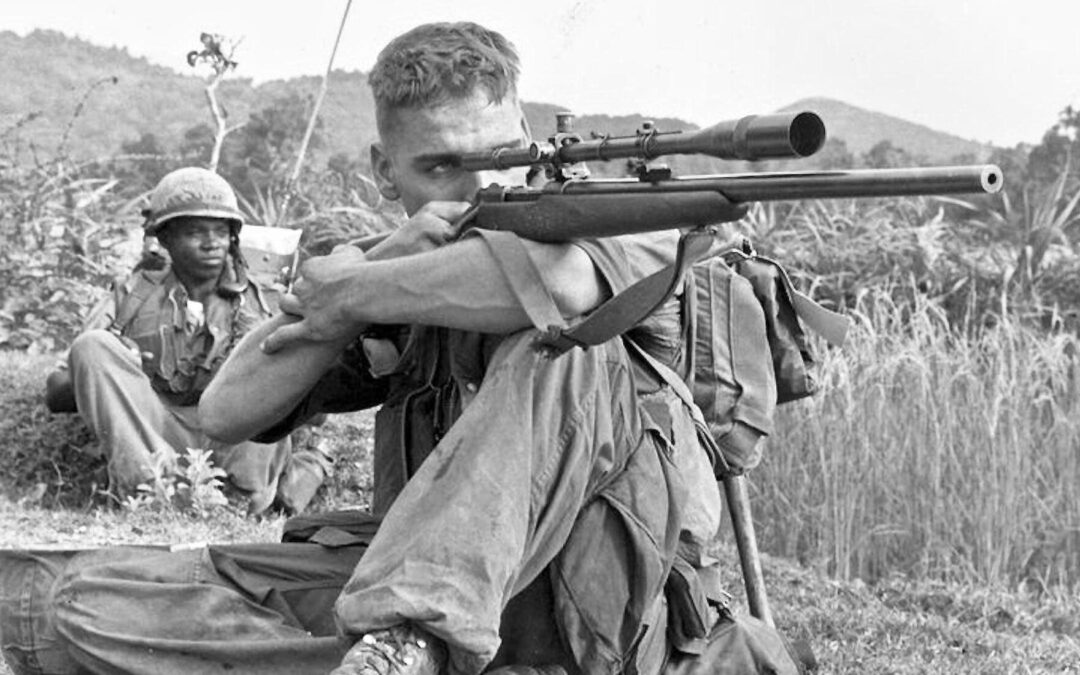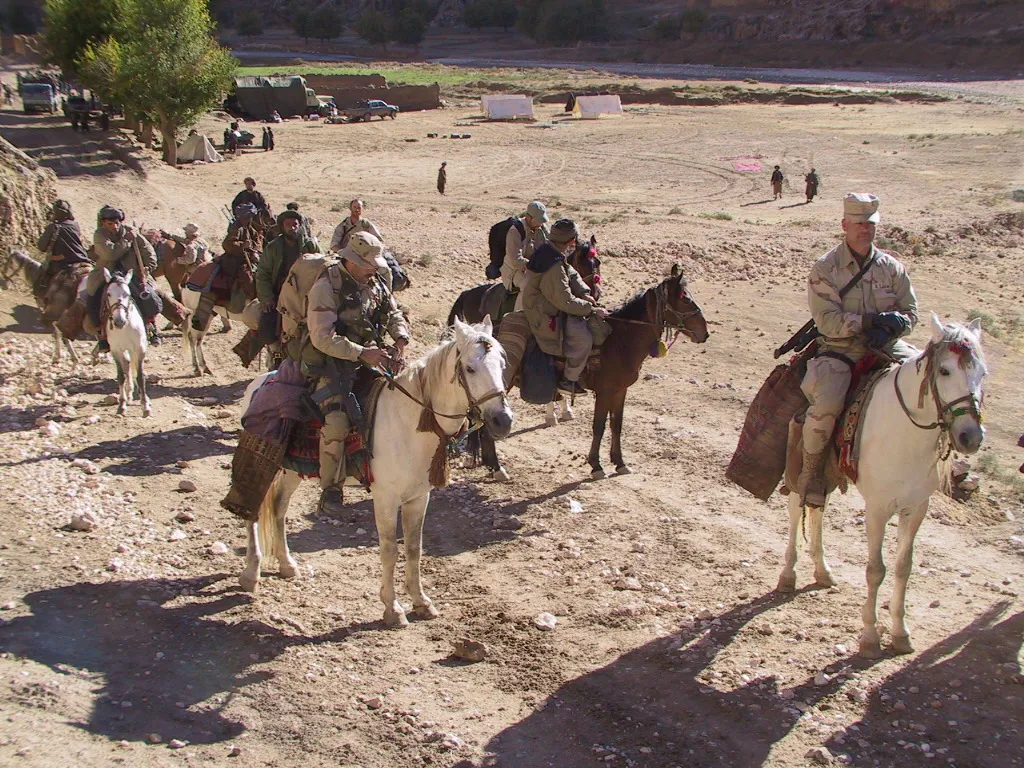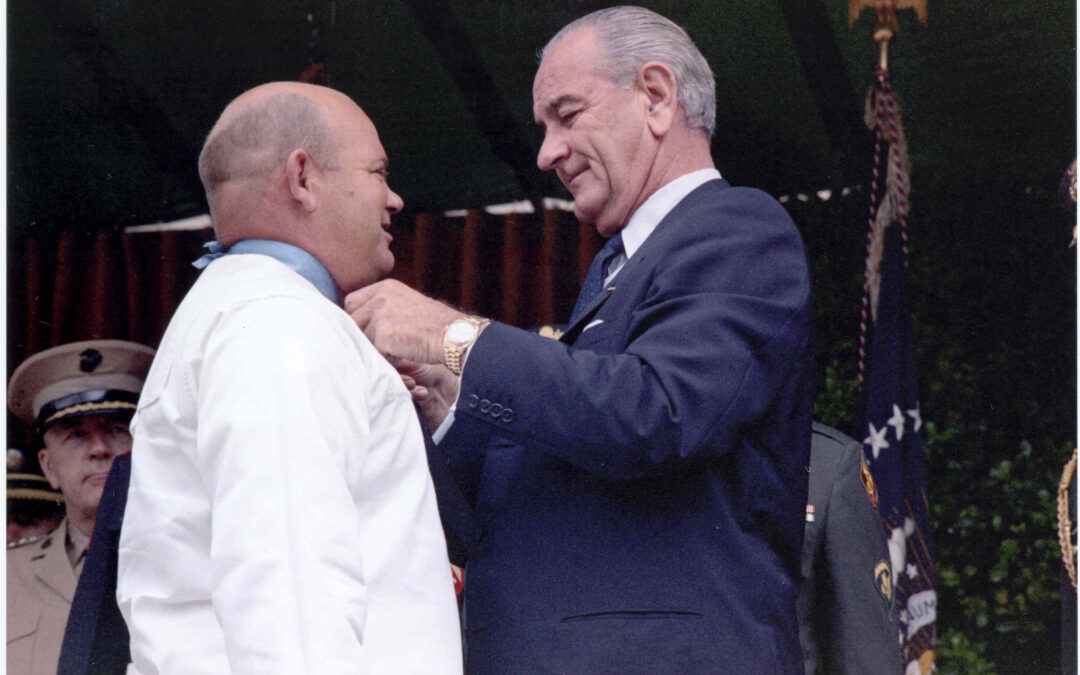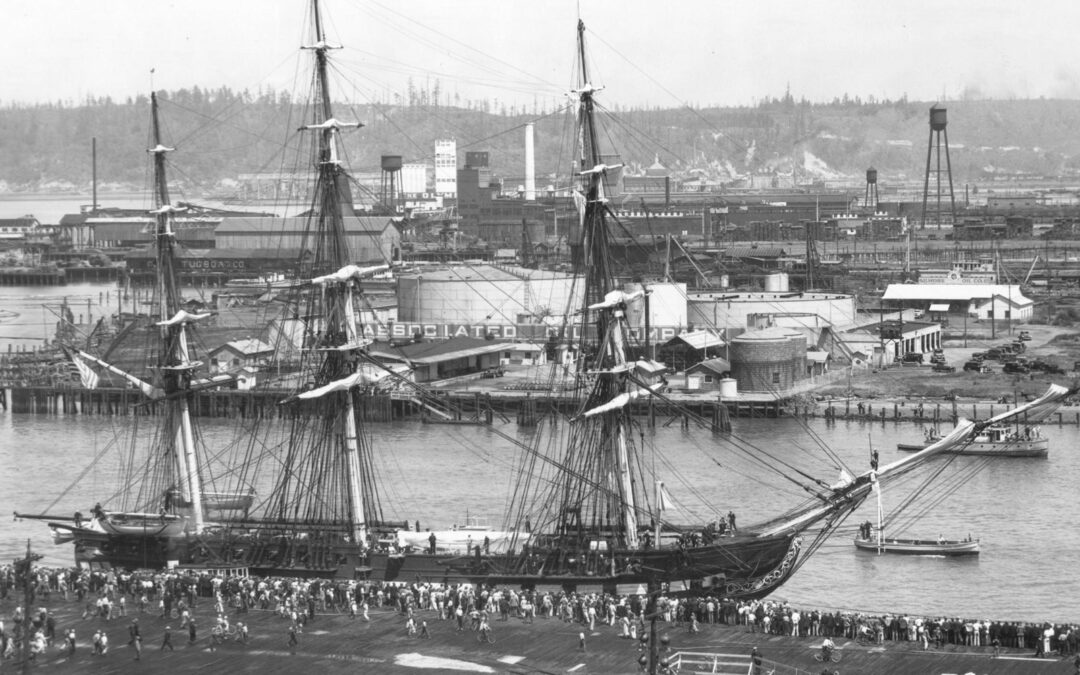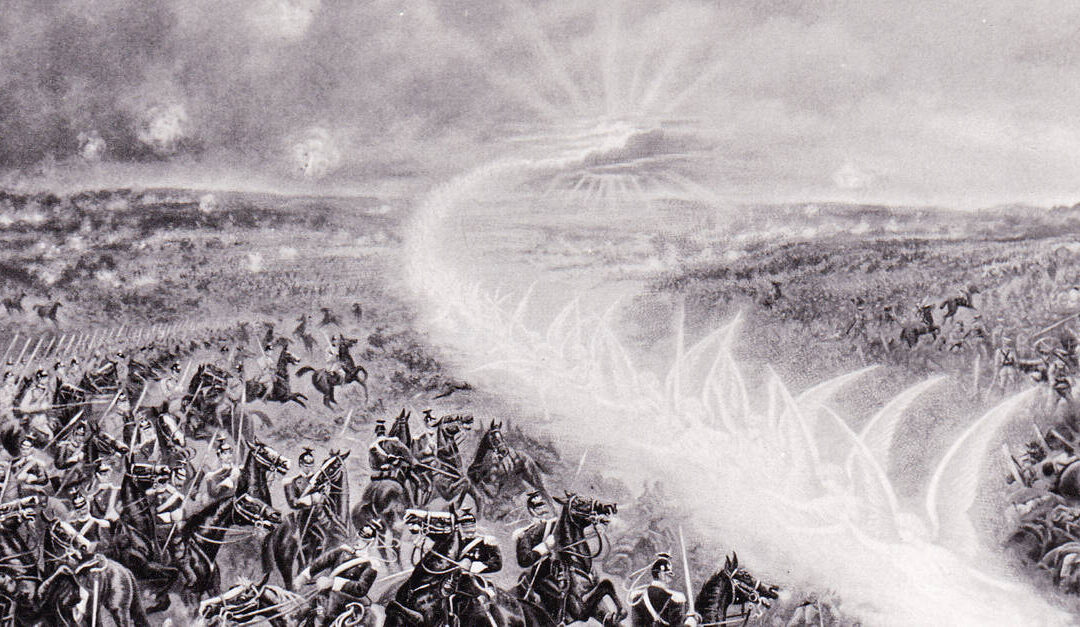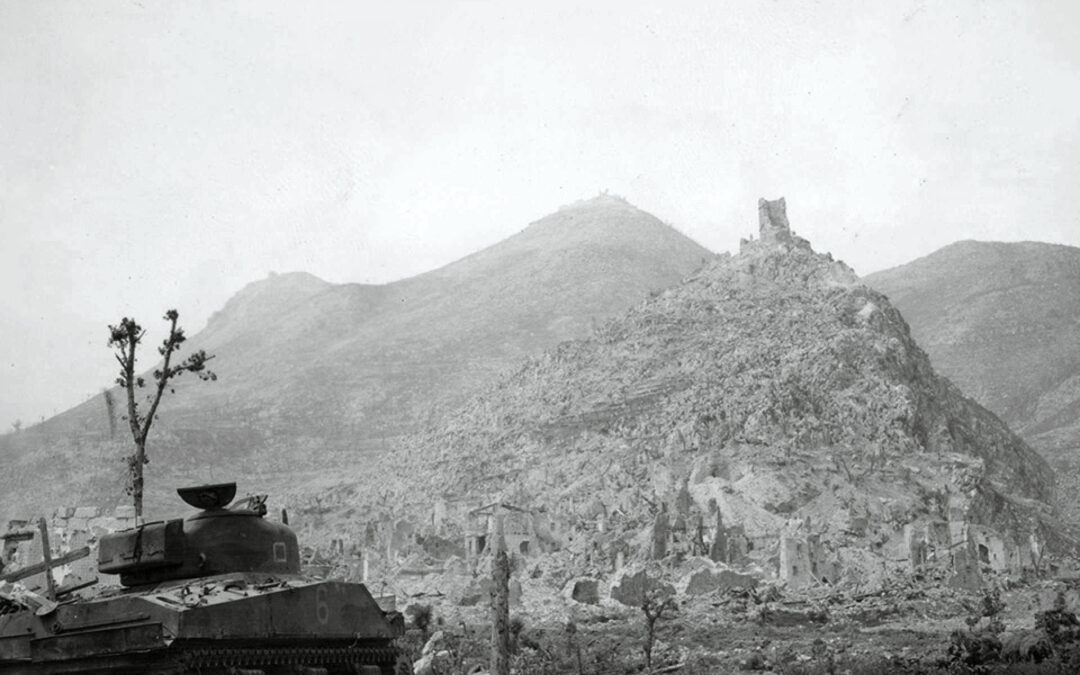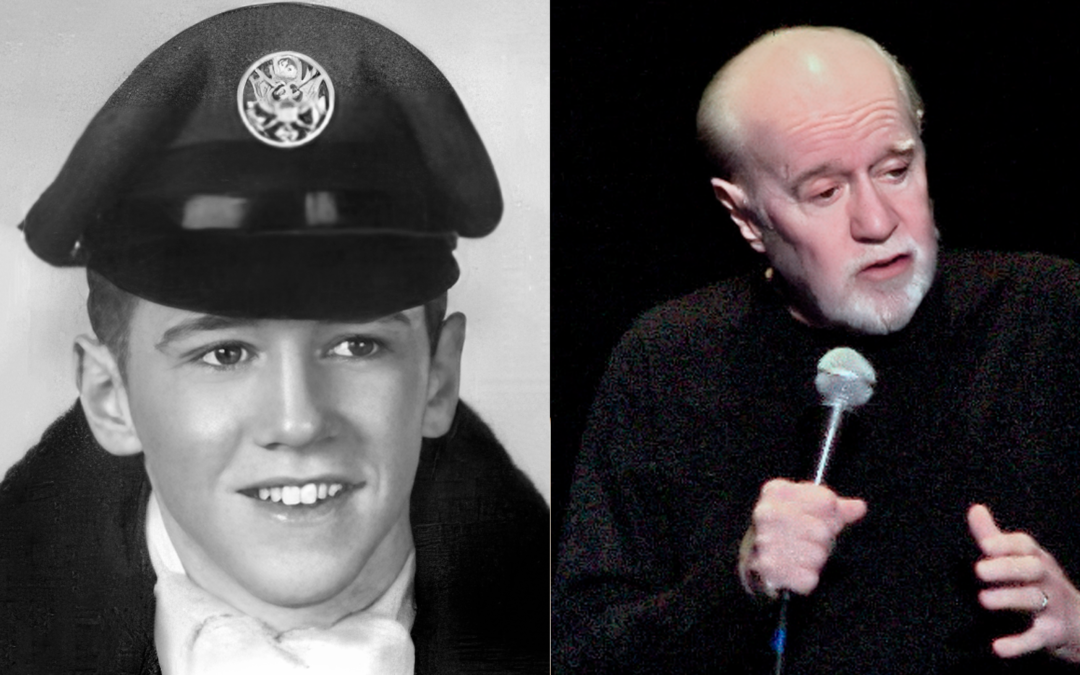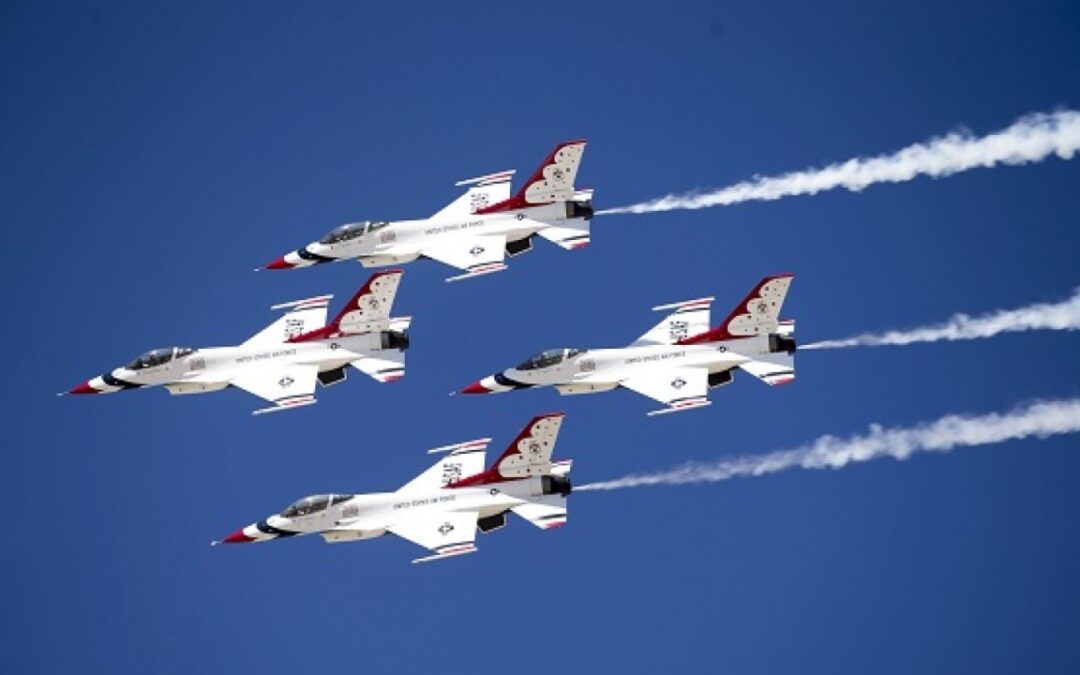Politics, they say, makes strange bedfellows. But it wasn't politics that brought an unlikely group of military forces together at the battle for the Iraqi city of Mosul between 2016 and 2017 – it was the Islamic State. The band of terrorists, otherwise known as ISIS (or ISIL), captured the Iraqi city in 2014 after a battle that lasted just six days. ISIS fighters then executed captured Iraqi defenders, consolidated their gains, and continued their stunning but tragic advance. The Battle...
